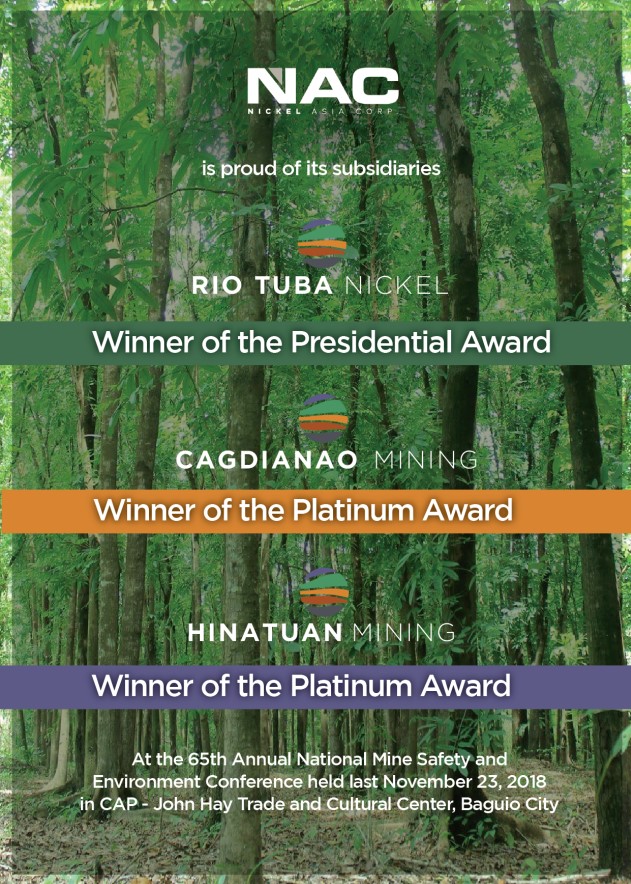The Garden of Memories

By Virginia Jasmin Pasalo
IT was good to see them again, the trees, the flowers, the herbal “weeds”. The symphony of smells brings me back to a time when, the garden had seen its best days, with Tatay and Nanay caring for them. It has been years. The garden survived without care, but it survived.
The old sampaguita (Arabian jasmine) planted in 1976, freed to shape itself without interference from my mother and me, was all over the place. Nanay used to form the vines into circles forming into a big ball filled with white fragrant blooms, which I straighten to a trellis for the vines to form a canopy of blooms above my head.
The cluster of McArthur palms planted in 1981, gifts from a family friend, Ben Balboa, bears witness to the childhood of the younger generation, including my nephews Mira, Nico and Jam who planted some of them. It marks the transition of my work assignment, from the sophisticated urban grounds of the University of Life to the tomato farms assisted by then Philippine Fruit and Vegetable Industries (PFVII) in San Carlos City, Pangasinan.
While in San Carlos City, known for the quality of its mangoes, I brought home three certified seedlings of carabao mangoes in 1981, which my father planted in the backyard. I was surprised to see the trees bear Indian mangoes after six years, and told my father that I am going back to that seed farm to make them accountable. It was then that my father confessed that he forgot to plant the seedlings I gave him, and when he discovered they perished, he planted the Indian mango seedlings instead.
The stately quinine tree planted in 1981, also a gift from Ben, towers above all the trees, still trying to reach the sky. During the height of the 1987 elections, some campaign posters were left in between its trunk, which split into two, and were left there for years, until I noticed sheets of paper sticking out and tried to pull them out, to no avail. They have become part of the tree.
Over the years, the bark of the quinine tree had been peeled off by neighbors to treat various ailments. Others who do not know that its root system is as deep as its height, think it might fall down, like the tall mangoes and the acacia trees, whose root systems are not as deep, as they spread across the ground. At some point of this tree’s life, pressured by others, my father decided to have it cut, without informing me, as he knows of my objection to cutting trees. However, on the day that it was to be cut, the person who bought it, fell from a tree he was cutting in another property, and died. My father also got sick. It was at this point that he told me, that the tree has a guardian, and no one should mess with it.
The cannonball tree (Buddha tree), whose seedling I carried on backpack from a temple in Cambodia in 2011 has grown tall, but its trunk was surrounded by a termite mound.
Every plant in this garden has a history of love. They were cared for and nurtured over the years. When my parents were gone, the spirits in the garden nurtured them.
For these memories, it breaks my heart that some have entertained the thought of cutting them. One commented that the palms were ordinary, and they could be cut, and new seeds could be planted along the borders of the property, so that the space could give room to more parking space. In the past, four cars can easily fit in with those plants. But that is not the point. We are talking about the trees and how they have become part of us, how they came into our lives, how they changed our lives.
In this garden, history comes alive, the family celebrations and observance of traditions, the outburst of emotions, the stories, the victories, the struggles, the pains, they are alive. In this hallowed space, I can feel the constant love of souls who had moved on, the essence of trees that heals human affliction and the mystical dynamics of nature spirits in our lives. I will not desecrate this space.






